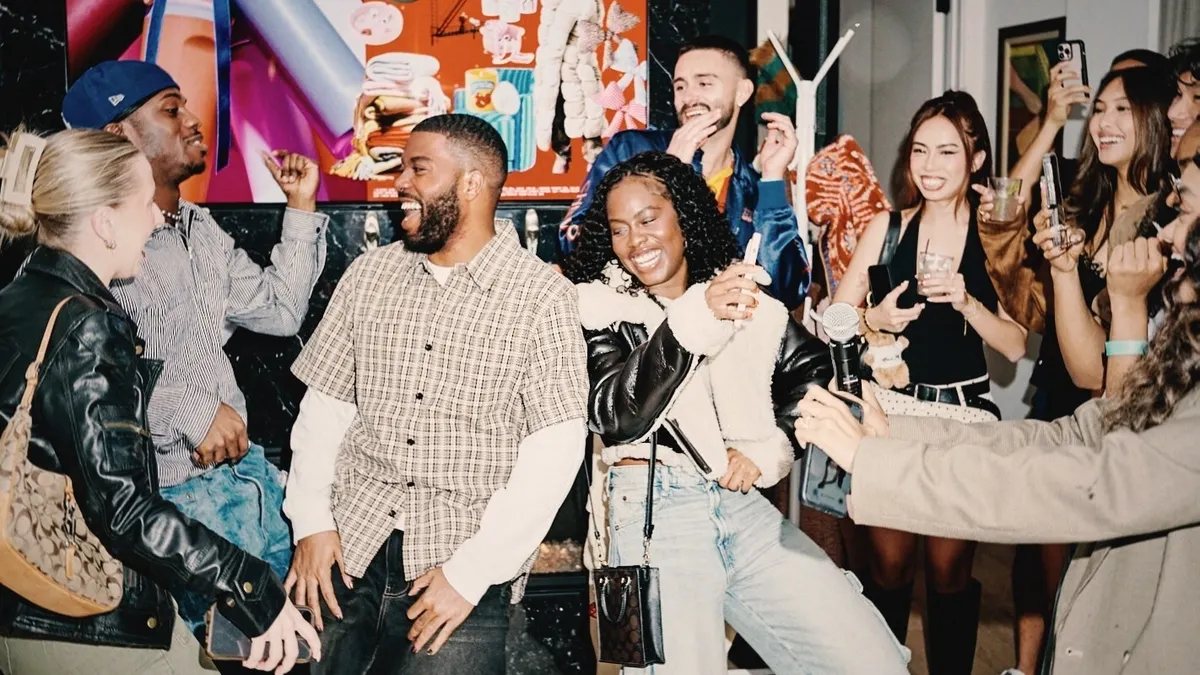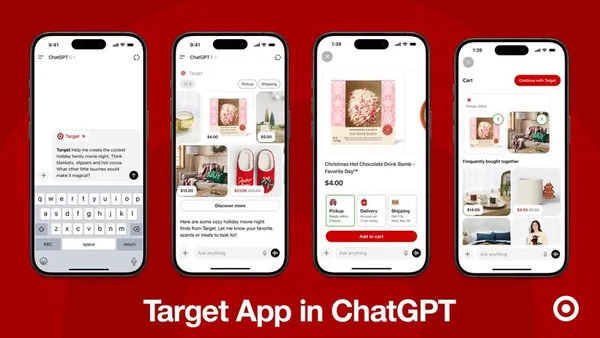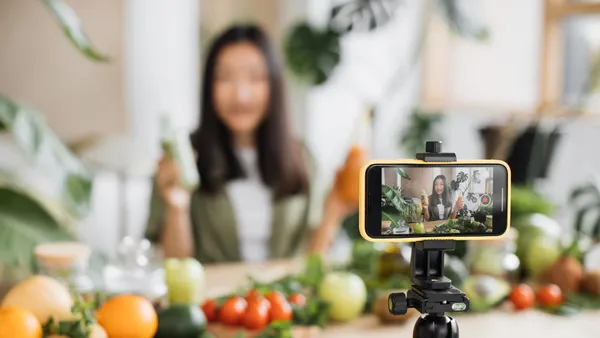Dive Brief:
- Facebook today released new research into the connection between its flagship platform and Instagram, mobile use and beverage purchases, per a press release made available to Marketing Dive. One key finding was in March 2017, 98% of beverage conversations on Facebook happened on mobile.
- Two broader data points on the topic include more than one in three people use Facebook or Instagram in restaurants and bars, and more than 50% report trying a drink that friends and family posted about on Facebook.
- In April and May 2017, three of the top five beverage related hashtags on Instagram included #coffee, #wine and #drinklocal.
Dive Insight:
Facebook offered marketers with three actionable takeaways in the report. First was the recommendation to use mobile to meet people where they are drinking. Because mobile can follow people into the places where they drink it can be a complement to an existing TV strategy. This tactic reflects recent separate research from Facebook that found combining ad exposure on both TV and Facebook increases the likelihood for purchase 29%.
There is a growing infrastructure around enabling marketers to reach consumers in bars. For example, AMI Entertainment recently partnered with mobile moments firm inMarket to roll out beacons to 25,000 U.S. entertainment venues, such as bars and restaurants. Coronado Brewing Co. partnered with Thinfilm for NFC-enabled coasters that cusotmers can tap with their phone and launch a digital experience.
Facebook's second recommendation was that marketers learn more about what different demographic groups value via Facebook audience and conversation data. For example, marketers could use the differences in how men and women discuss beverages on Facebook and Instagram to craft messaging that reflects those differences. Facebook's research found that for non-alcoholic drinks women discuss flavors, ingredients and health topics while men talk about specific drinks and brands of drinks. For alcoholic beverages women talk about special people and moments, and men about brands and products.
And finally, marketers can use conversation topic data to help uncover seasonal consumption patterns and make product development decisions using the Topics to Watch resource that uncovers organically rising conversations.












